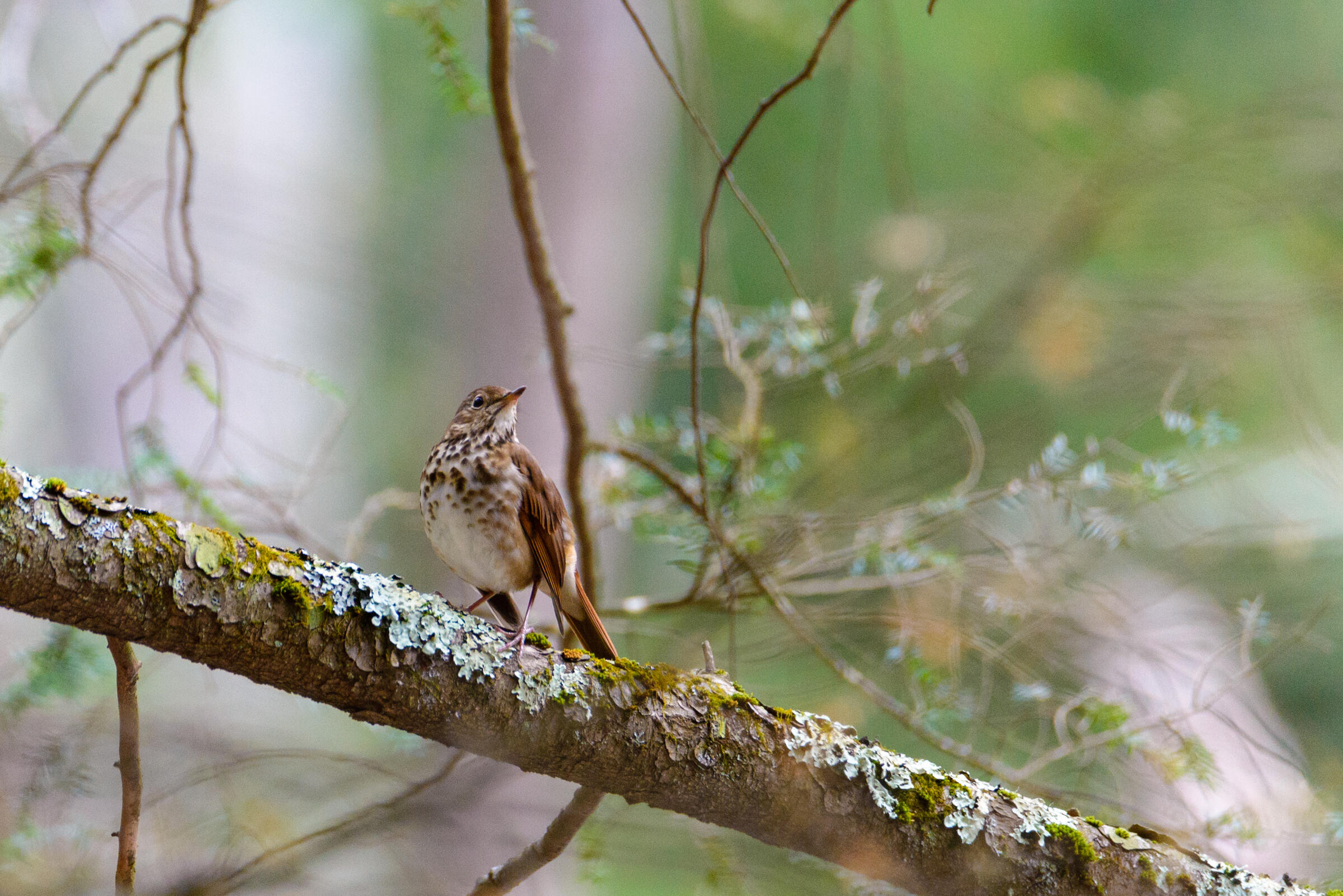The past two sessions of the Vermont General Assembly have been a rollercoaster for birds, and the ride is not over yet. Audubon Vermont’s top legislative priority is to increase protections for forest habitat in Act 250, Vermont’s state land use permitting law. We have also supported a number of other laws that together would provide a mix of policy tools to keep Vermont’s forests as forests. We are at a critical moment in time, given the significant threats to Vermont’s forests birds from climate change and the loss of habitat value due to development.
We are pleased that the legislature passed most of the forest-related bills we supported, and are hopeful that Governor Scott will see the value of signing all of them. To send a clear, strong message to the Governor, Audubon Vermont joined the Vermont Forest Partnership in the op-ed below (and linked here).
We urge you to contact Governor Scott (click here) and Natural Resources Secretary Julie Moore (click here) to let them know you support all of these bills which will protect forest habitat for birds.
###
The following op-ed by The Forest Partnership was written collaboratively by:
Jamey Fidel of the Vermont Natural Resources Council,
David Mears of Audubon Vermont,
Lauren Hierl of Vermont Conservation Voters,
Kate Wanner of the Trust for Public Land,
Tracy Zschau of the Vermont Land Trust, and
Lauren Oates of The Nature Conservancy in Vermont
Governor Scott has a unique opportunity to give a significant boost to forest management and protection policy in the coming weeks. The Vermont General Assembly is sending several bills to the governor’s desk that, together, represent a vital package of policy tools and investments that are necessary to ensure that Vermont’s green hills stay green.
We urge Gov. Scott to sign the following bills into law:
1. S.234: A bill to update Vermont’s state land use protection law, Act 250, with provisions to maintain intact forests, promote working forests by assisting forest products manufacturing, and promote smart growth development. The governor has only supported exempting activity from Act 250 this year, and unfortunately has already signaled he is strongly considering vetoing this bill. But stakeholders, scientists, the Legislature, and the Climate Action Plan supported a bill to improve Act 250 that takes a comprehensive and balanced approach to modernizing this critical law.
2. H.697: A bill to promote the enrollment of old forests in Vermont’s current use program, which will extend the property tax benefits and public investment of managing our forests to include the ecological values that intact and healthy forests provide for birds and wildlife, climate resilience, carbon storage and sequestration, and clean water — while continuing the policy of encouraging active forest management on the majority of Vermont’s privately owned forests. The bill implements the Scott administration’s own proposal for creating this current use category.
3. H.606: A bill to promote community resilience and protect biodiversity by tasking the Vermont Agency of Natural Resources to work with stakeholders to develop a plan to help more landowners with the conservation and sustainable management of Vermont’s open land, including forests.
4. Forest Futures Provisions of S.11: This bill would require the Vermont Agency of Natural Resources to develop a plan to support the forest products sector, an important complement to the community resilience and biodiversity planning set out in H.606.
The coalition of organizations that make up the Forest Partnership — including the Vermont Natural Resources Council, Vermont Land Trust, Trust for Public Land, The Nature Conservancy in Vermont, Audubon Vermont, and Vermont Conservation Voters — supported all of these provisions, and other policies to support more housing, as they moved through the General Assembly.
Along with the housing crisis, however, we find ourselves at a moment in time when our forests face unprecedented threats from climate change and climate migration. The combination of sprawl and forest fragmentation from improperly sited development, coupled with the dramatic escalation of development pressure, are exacerbating threats to our forest ecology and forest economy.
Our forests provide habitat for birds and wildlife, store and sequester carbon dioxide, produce clean water and clean air, and reduce downslope flooding in our communities.
For these reasons, protecting Vermont’s forests is a critical strategy for addressing the loss of biodiversity, climate change, and air and water pollution. Our forests also contribute to improved public health outcomes and are vital to our children’s relationship to nature and ability to learn. Our forests are the lifeblood of our culture and communities, provide outdoor recreation, invite tourism, and support our forest products sector.
The ecological and economic benefits of our forests are intimately intertwined. Ignore either dimension of our forests and we are at risk of losing our forests.
The bills listed above are also intertwined, for the same reason. Vetoing any of these bills will mean the loss of our forests.
On the other hand, by signing all of these complementary bills into law at once, Gov. Scott would create a legacy that will pay environmental and economic dividends for a lifetime to come, recognizing the interdependence of our landscape and our future.
We urge you to contact Gov. Scott and Natural Resources Secretary Julie Moore to let them know you support all of these bills, as part of a package of important new laws.






